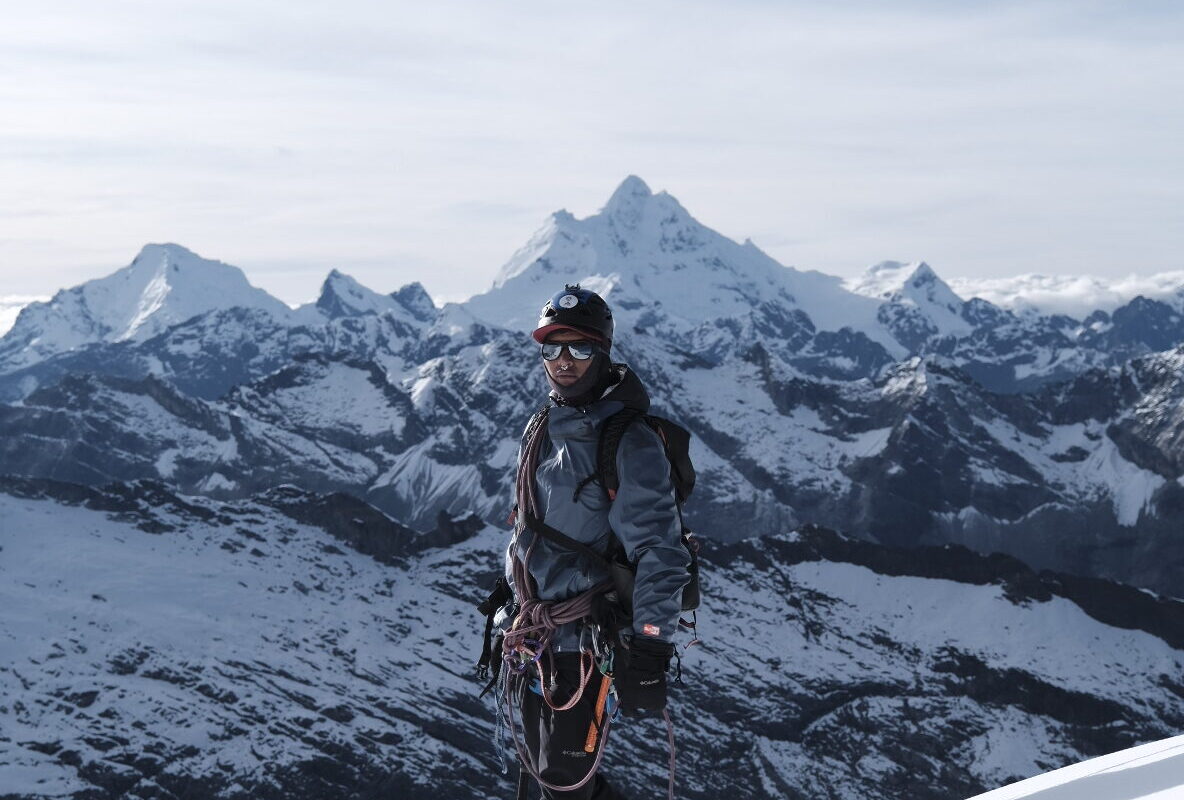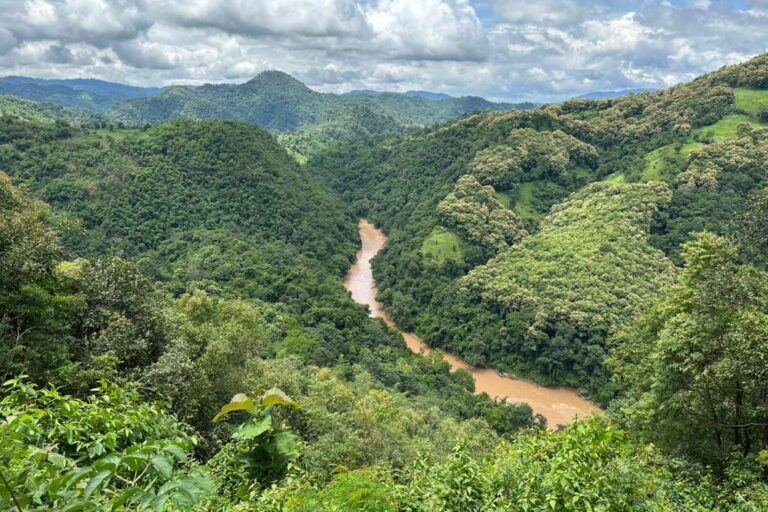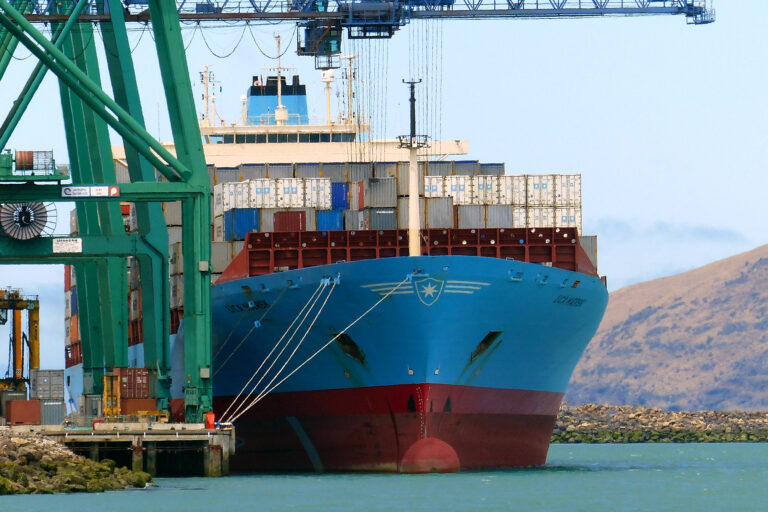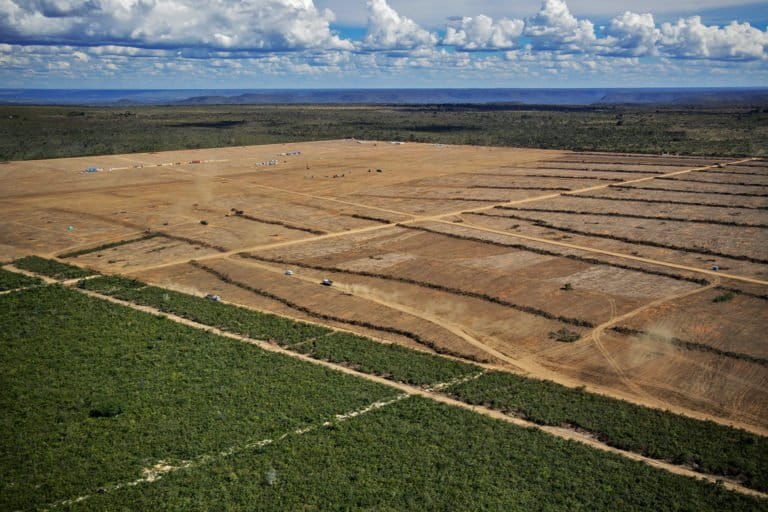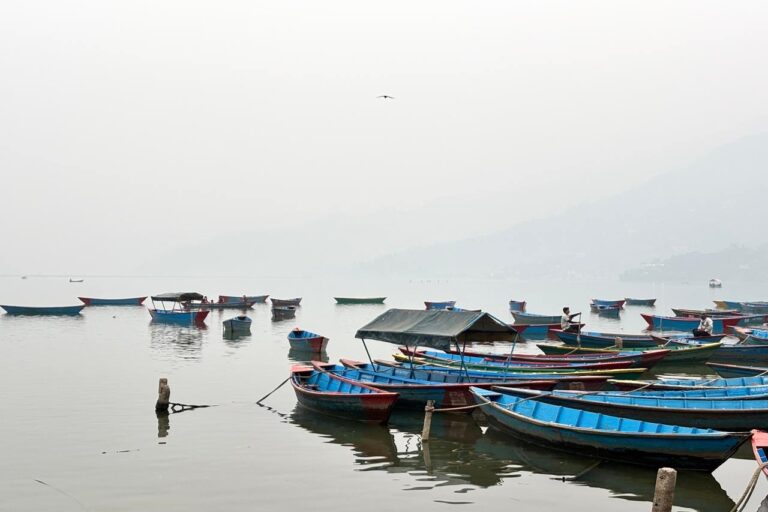- A new study found that whale sharks are frequently struck by tourist vessels in the South Ari Atoll Marine Protected Area (SAMPA) in the Maldives.
- When injuries are major, they could reduce a whale shark’s chances of survival and its ability to breed.
- The prevalence of boat strike injuries raises concerns with the ecotourism industry, especially when regulations meant to protect whale sharks are not properly enforced.
Known as “gentle giants,” whale sharks are the sweethearts of the ecotourism industry. They spend large parts of their day drifting beneath the surface, feeding on plankton and shrimp with their massive water-filtering gills, which makes the species easy to spot from boats. It also makes them particularly vulnerable to vessel strikes. Cuts, gashes and scrapes are an all-too-common feature on these enormous fish.
“The amount of injuries is pretty shocking … and the severity,” Daire Carroll, a postgraduate researcher at the University of Warwick in the U.K. and co-author of a new paper on the subject, told Mongabay in an interview.
The paper, published this month in Scientific Reports, assesses the injuries of whale sharks (Rhincodon typus) at an aggregation at the South Ari Atoll Marine Protected Area (SAMPA) in the Maldives, known to be a “developmental habitat” due to the fact that most individuals there are immature males. SAMPA is also one of the few places in the world where tourists can swim and snorkel with these bus-sized creatures year round, which means that there are plenty of boats in this area.

Using survey data from the Maldives Whale Shark Research Programme (MWSRP) as well as citizen science data, the researchers found that 61% of surveyed whale sharks had at least one major injury from a boat, while nearly all individuals had minor scrapes and grazes.
Whale sharks are known to migrate thousands of miles across the ocean, although no one really knows where and how they breed. But the injured whale sharks tended not to leave SAMPA, the study found. The most probable reason for sticking around is so the whale sharks can heal and regain strength, according to the study.
“It kind of makes sense that the sharks would want to stay in this area where there is this really high abundance of food [and] it’s got really nice temperatures for them to thermoregulate,” lead author Jessica Harvey-Carroll, a postgraduate researcher at the University of St Andrews in the U.K., told Mongabay in an interview. “It’s essentially like a little haven for them. But then obviously, it does come with the tourism traffic.”
Injuries from boat strikes could stunt a whale shark’s growth, and make it less likely that they would survive into the future, Harvey-Carroll said. But when whale sharks remain in developmental habitats like SAMPA, this also reduces their opportunities to breed, which could have ramifications for the entire species, the study suggests.

“These [injured] juveniles … are going to have reduced growth, they’re going to be less likely to survive in the long term, [and] they might not be able to make migrations to find the breeding grounds, wherever they breed,” Harvey-Carroll said. “The consequences, in terms of the whole population of whale sharks, the global population, [is that] it may kind of reduce their fitness.”
SAMPA isn’t the only part of the world where whale sharks are struck by boats. Another recent study found that 38.8% of surveyed whale sharks in Ningaloo Marine Park, Western Australia, had some form of scarring from boat strikes, although only 15.9% appeared to have major injuries.
Simon Pierce, a whale shark expert and co-founder and principal scientist at the Marine Megafauna Foundation, who was not involved in the study, said boat strikes are likely the “greatest contemporary threat to whale sharks.”
“The challenge we’ve got is assessing how many sharks are being killed,” Pierce told Mongabay in an email. “[A]s whale sharks sink when they die, most mortalities will go unreported.
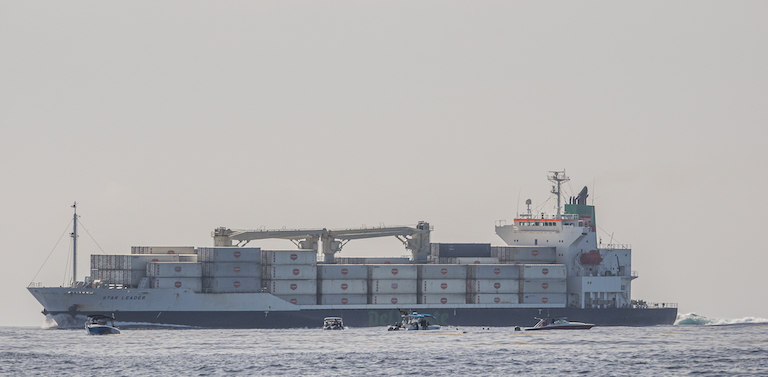
“It’s a really interesting study,” he added. “It’s great to see several different ideas verified with data. Injuries reduce the mobility of whale sharks, as they need to divert energy into recuperation. Given that these are juvenile sharks, whose normal movement would normally be influenced by prey availability, that means they’re probably being ‘stuck’ in suboptimal habitat. The high boat traffic at this location then, in turn, increases their exposure to further injury. It’s a vicious circle.”
The findings of the study raise a pivotal question: is ecotourism doing more harm than good?
“Ecotourism isn’t bad,” Harvey-Carroll said. “I would like to really emphasize that … especially given the current environment in the world and the economy, it’s not feasible not to have ecotourism. If it’s done correctly, it can be really good, and it can actually help protect and encourage species survival.”
That said, ecotourism needs to be done responsibly, which means having regulations in place to protect whale sharks, and more importantly, making sure those regulations are followed, she said.
But regulations aren’t always enforced at SAMPA, according to Carroll: “These regulations are currently suggestions,” he said, which means “they don’t always get followed.”

Pierce said more needs to be done in the Maldives to ensure that tourism activities aren’t threatening whale sharks, which are classified as an endangered species by the IUCN.
“I think ecotourism can be a powerful conservation tool and a really positive experience for participants,” Pierce said. “However, there’s a big difference between true ecotourism and the ‘mass tourism’ that is the reality in some whale shark destinations. I’d put the Maldives in the latter category at present. Given that whale sharks are globally endangered, I think any tourism that focuses on the species needs to be providing them with some tangible benefits.”
Citations:
Harvey-Carroll, J., Stewart, J. D., Carroll, D., Mohamed, B., Shameel, I., Zareer, I. H., … Rees, R. (2021). The impact of injury on apparent survival of whale sharks (Rhincodon typus) in South Ari Atoll marine protected area, Maldives. Scientific Reports, 11(1). doi:10.1038/s41598-020-79101-8
Lester, E., Meekan, M., Barnes, P., Raudino, H., Rob, D., Waples, K., & Speed, C. (2020). Multi-year patterns in scarring, survival and residency of whale sharks in Ningaloo Marine Park, Western Australia. Marine Ecology Progress Series, 634, 115-125. doi:10.3354/meps13173
Banner image caption: Whale shark surrounded by swimmer. Image by Simon Pierce.
Elizabeth Claire Alberts is a staff writer for Mongabay. Follow her on Twitter @ECAlberts.
FEEDBACK: Use this form to send a message to the author of this post. If you want to post a public comment, you can do that at the bottom of the page.



